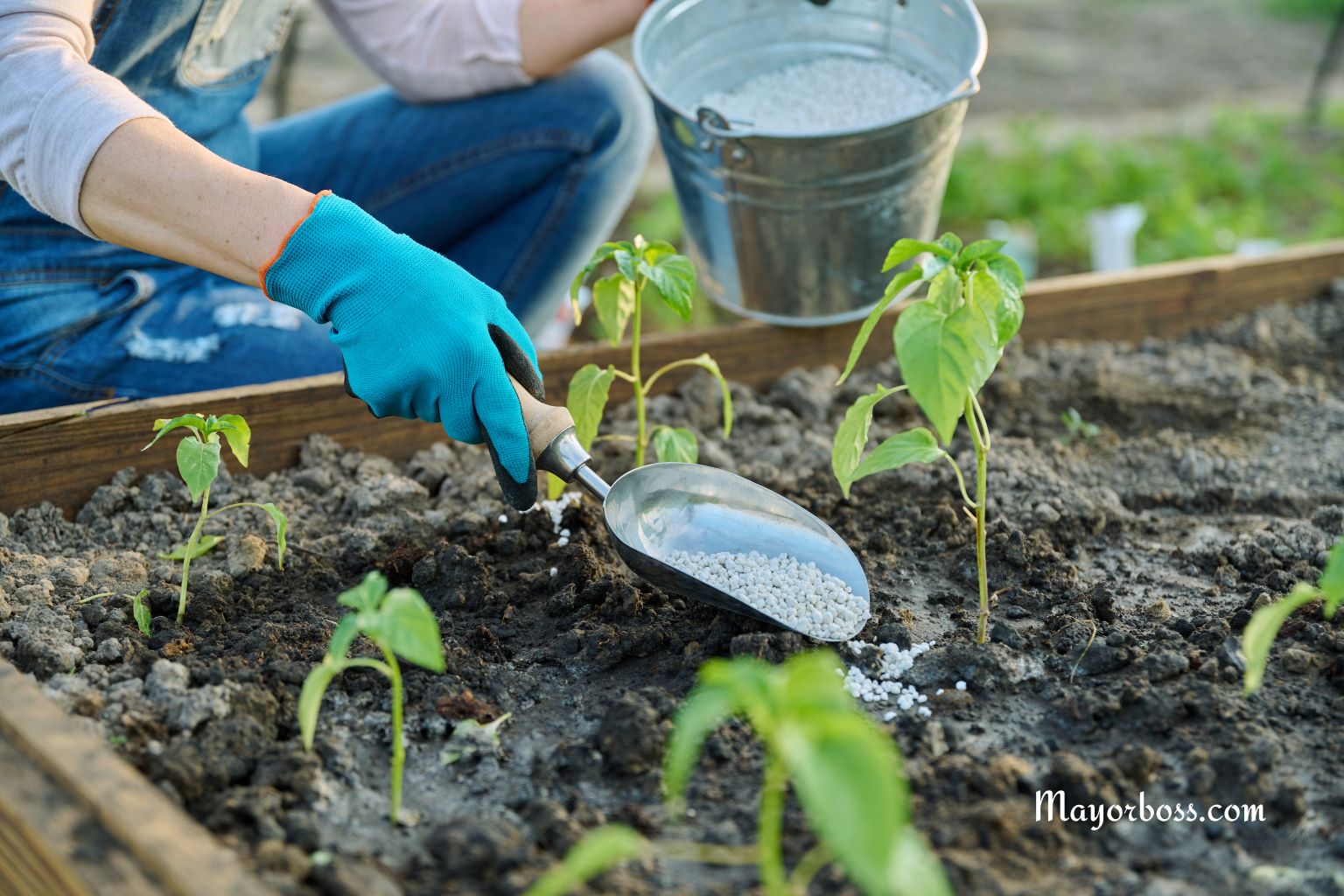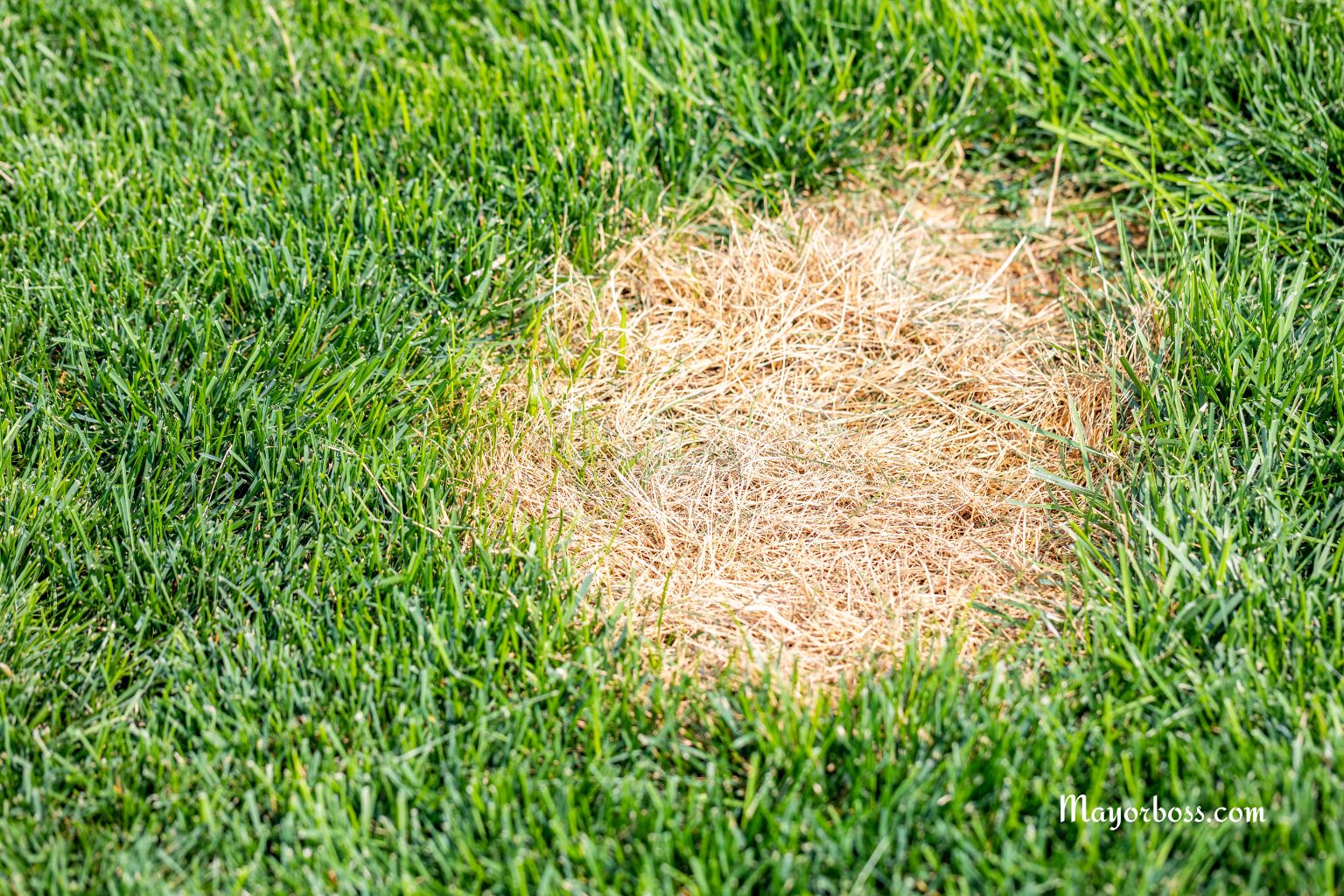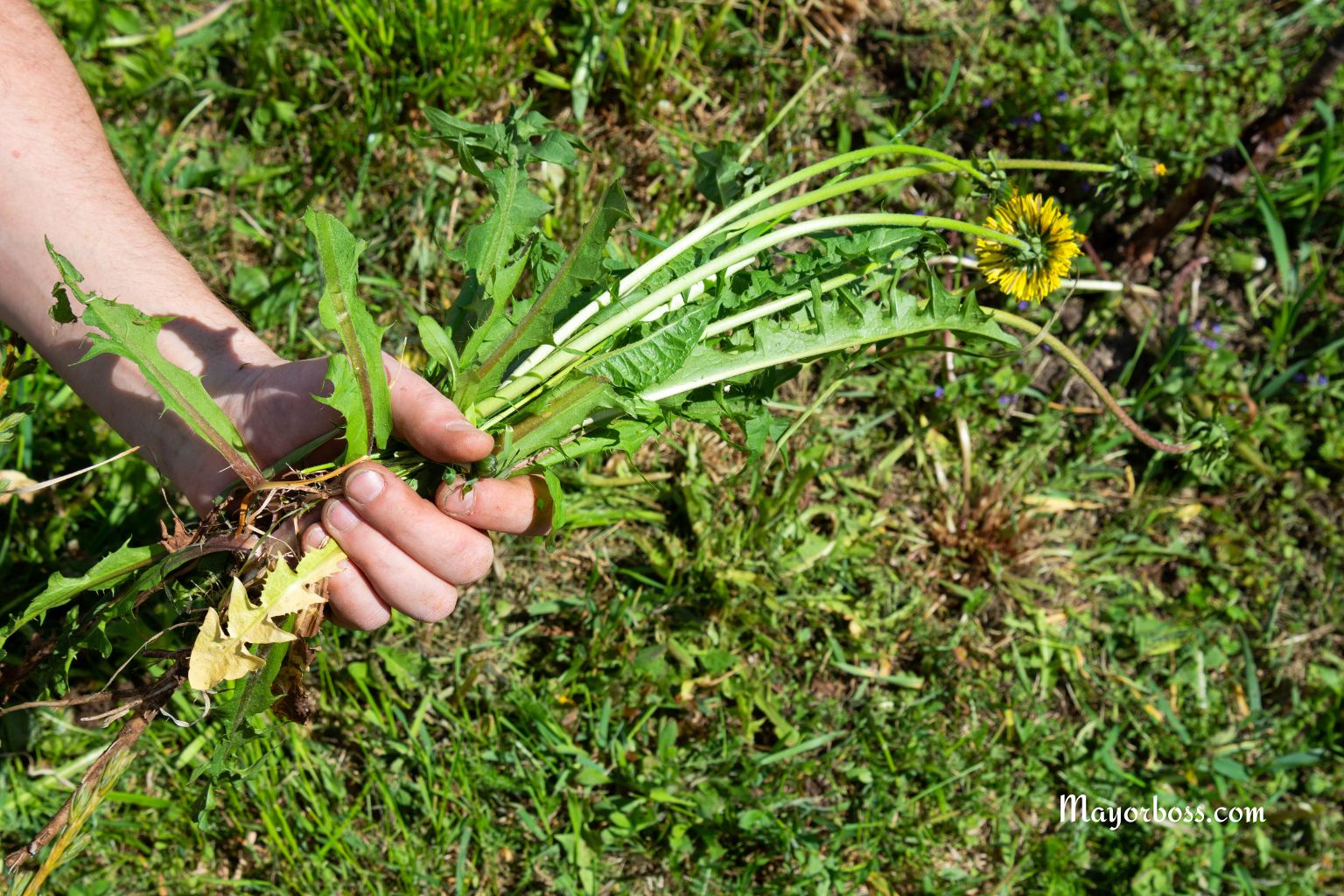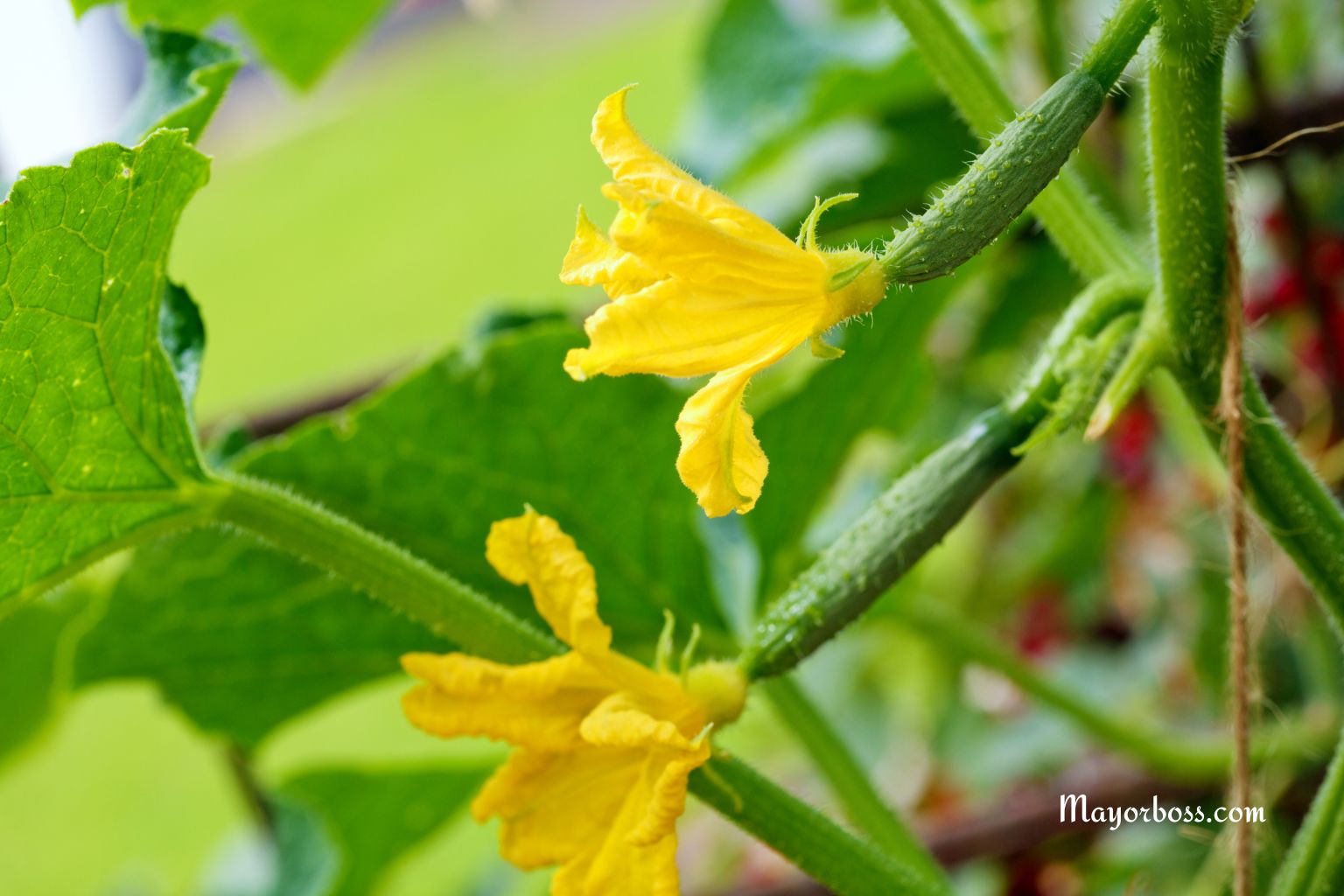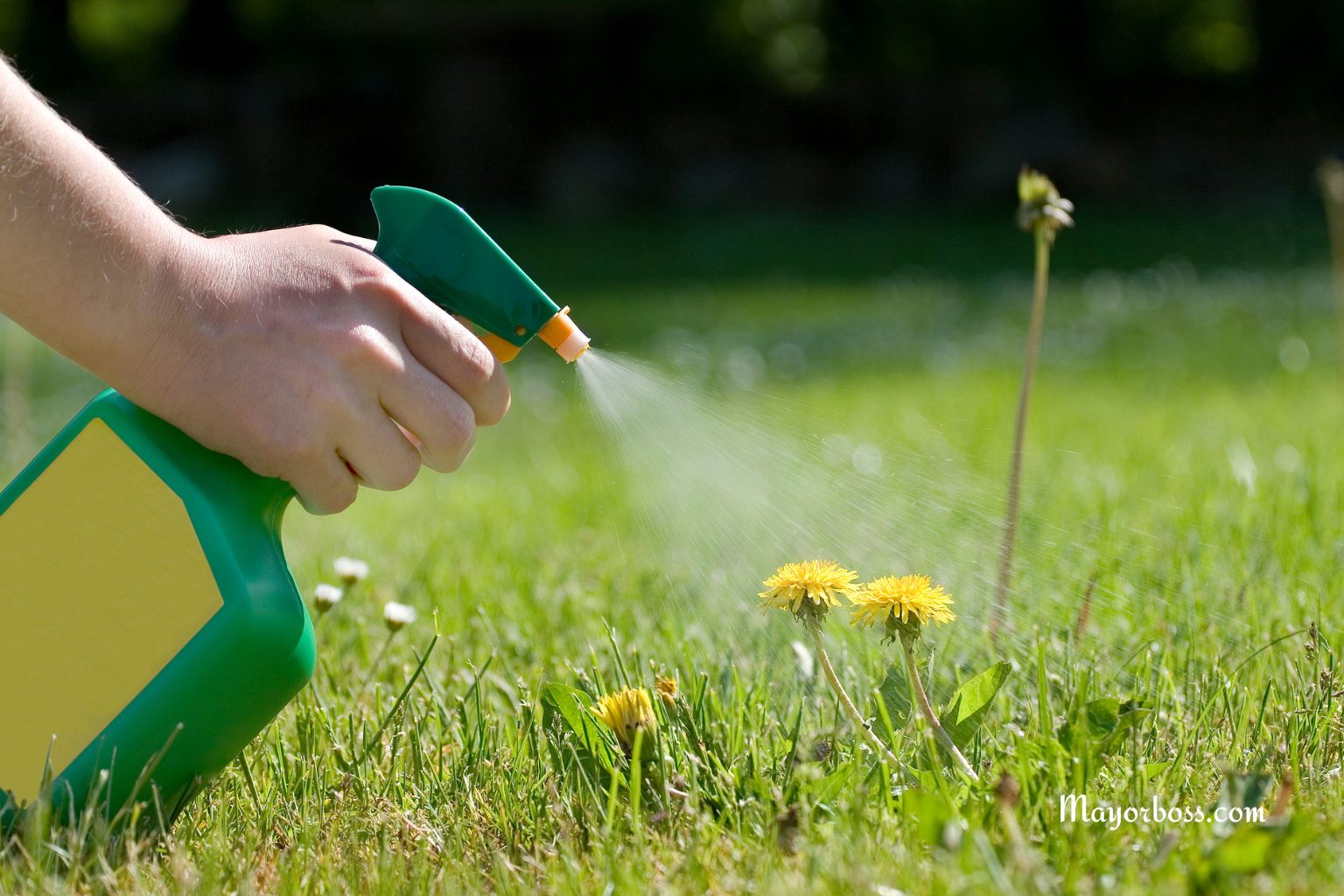How to Use Baking Soda on Tomato Plants for Better Growth and Flavor
Sprinkling a small amount of baking soda around the base of tomato plants can reduce soil acidity, help prevent fungal diseases, and lead to sweeter tomatoes. Use it sparingly—about one tablespoon per plant—once or twice during the growing season. Avoid direct contact with leaves and stems.
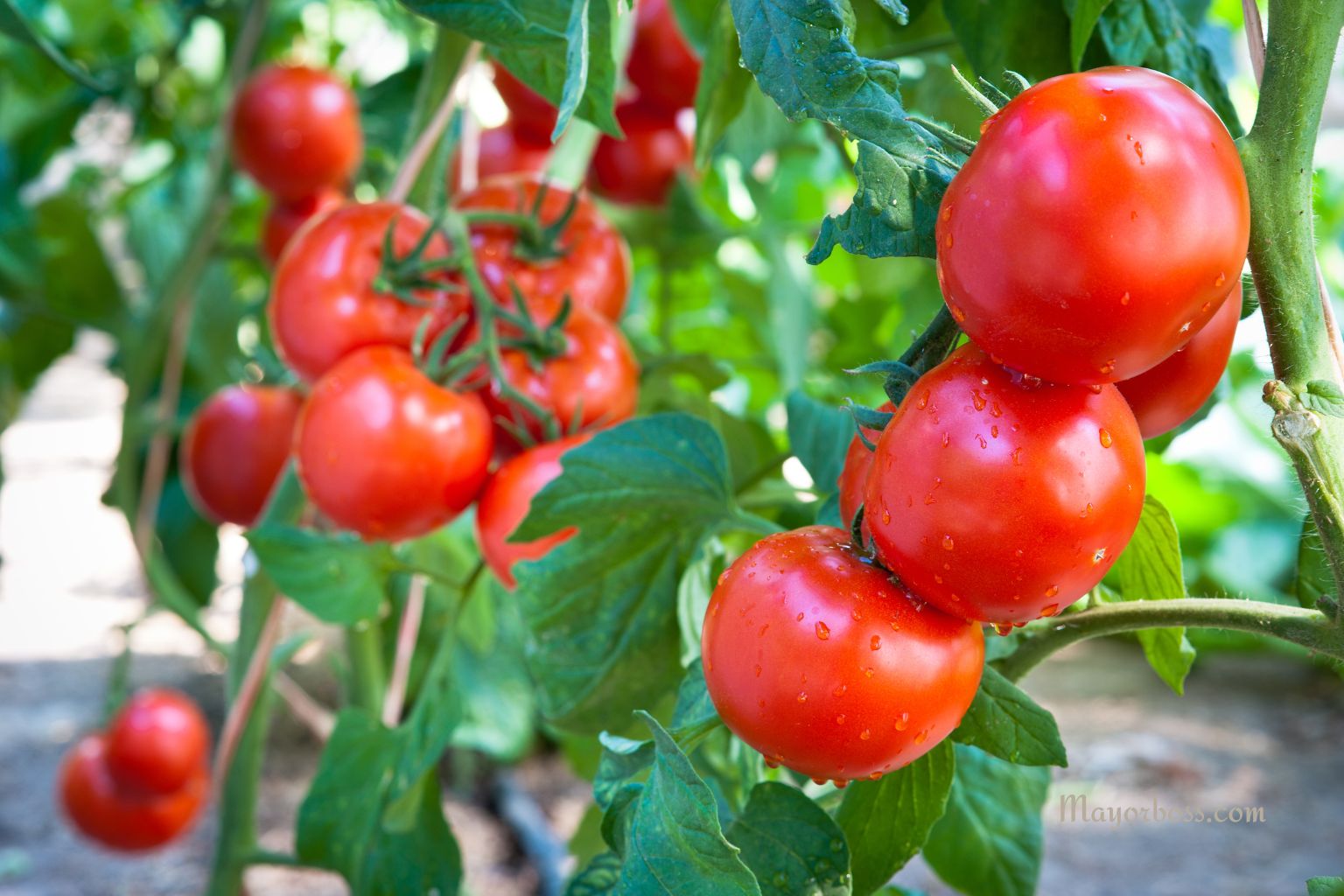
If you want healthier, tastier tomatoes, you might not need to look further than your kitchen. Many gardeners have discovered that a simple ingredient—baking soda—can help tomato plants thrive. While it sounds like a gardening trick from the past, there’s science and practical experience behind this approach.
In this article, I’ll explain how baking soda works, the right way to use it, and what benefits you can expect. Whether you’re growing tomatoes in pots or in a garden bed, these steps will help you get a better harvest.
Why Use Baking Soda on Tomato Plants?
Tomato plants can struggle with several common issues. Soil that’s too acidic, fungal diseases like powdery mildew, and bland-tasting fruit are all familiar problems for gardeners. Baking soda addresses these in a few ways:
- Reduces soil acidity: Tomatoes prefer slightly acidic to neutral soil. Baking soda raises the pH a bit, making the soil less acidic.
- Prevents fungal diseases: Fungi, such as powdery mildew and leaf spot, thrive in acidic and damp conditions. Baking soda’s natural antifungal properties help keep these problems in check.
- Enhances tomato flavor: Some gardeners notice sweeter, less acidic tomatoes after using baking soda.
How to Apply Baking Soda to Tomato Plants
Step 1: Test Your Soil First
Before you start, it’s best to check your soil’s pH. Tomatoes usually grow best in soil with a pH of 6.0 to 7.0. If your soil is already neutral or alkaline, skip the baking soda. Too much can harm your plants.
You can buy an affordable soil test kit at a garden center or online. If your soil is on the acidic side, a little baking soda may help.
Step 2: Mix Baking Soda with Water
For most situations, a diluted baking soda solution is safer than sprinkling it dry. Here’s how to make a gentle spray:
- Mix 1 tablespoon of baking soda into 1 gallon of water.
- Add a few drops of mild liquid soap (optional) to help the solution stick to the leaves.
Pour the mixture into a spray bottle.
Step 3: Apply Sparingly
- Spray the solution on the soil around the base of each tomato plant. Avoid getting it on the leaves if you can, as too much can burn them.
- Alternatively, sprinkle a very small amount (about one tablespoon) of dry baking soda evenly around the base of each plant and gently work it into the top layer of soil.
Do this once when the plants start to flower, and repeat about a month later if needed.
Step 4: Monitor Your Plants
After application, keep an eye on your tomatoes. If the leaves begin to turn yellow or brown at the edges, stop using baking soda. Overuse can make the soil too alkaline, which stresses the plants.
When Should You Use Baking Soda?
Timing counts. The best times to use baking soda are:
- Early in the growing season, when the first flowers appear.
- When the weather is warm and humid, which encourages fungal growth.
- If you notice signs of powdery mildew or other fungal problems.
Avoid using baking soda during droughts or very hot weather, as the solution may stress your plants even more.
Potential Risks of Baking Soda
While baking soda has benefits, it’s not without risks if overused. Too much baking soda can:
- Raise soil pH too high, making nutrients less available.
- Burn plant roots or leaves if applied directly or in large quantities.
- Disrupt beneficial soil microbes that help tomatoes grow.
To prevent problems, use baking soda only as needed and in small amounts.
Other Tips for Healthier Tomatoes
Baking soda is just one piece of the puzzle. For the best results:
- Water your tomatoes regularly, aiming for deep, consistent moisture.
- Mulch around the base to keep soil moist and cool.
- Remove lower leaves that touch the soil to reduce the risk of disease.
- Fertilize with compost or a balanced tomato fertilizer.
- Provide plenty of sunlight—at least six hours per day.
Healthy plants are less likely to need extra help from baking soda or other remedies.
Takeaway
Baking soda can help tomato plants grow stronger and taste better if used correctly. Always test your soil, apply sparingly, and monitor your plants for any signs of stress. Combined with regular tomato care, this simple kitchen ingredient can support your plants throughout the season.
FAQs
1. Can baking soda harm tomato plants?
Yes, if overused. Too much baking soda can make the soil too alkaline and damage roots or leaves. Use only small amounts.
2. How often should I use baking soda on my tomatoes?
Once or twice per season is enough. More frequent use can raise the soil pH too much.
3. Will baking soda get rid of pests on my tomatoes?
Baking soda helps with fungal diseases, not insects. For pests, use other proven remedies.
4. Does baking soda work for other vegetables?
It can help with fungal problems on cucumbers, squash, and roses, but always use a mild solution and test on a small area first.
5. Do I need to reapply baking soda after heavy rain?
Yes, rain can wash away the baking soda. Reapply if needed, but always in small doses.

